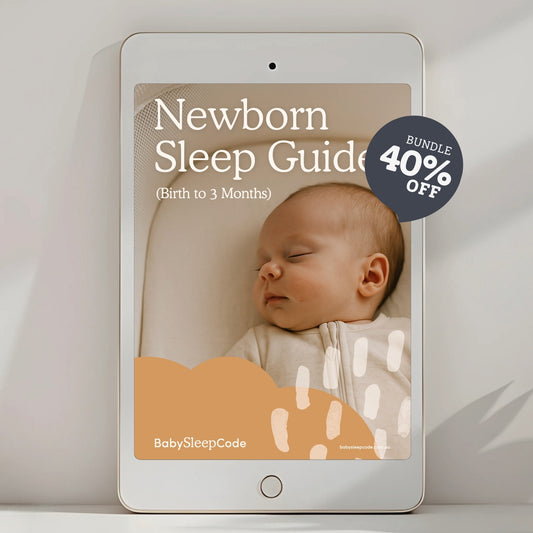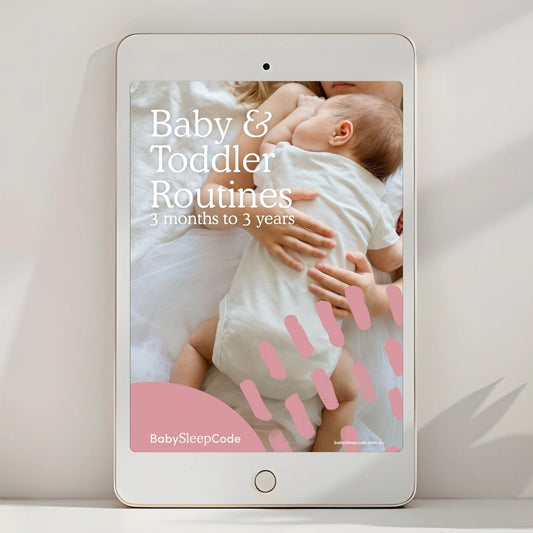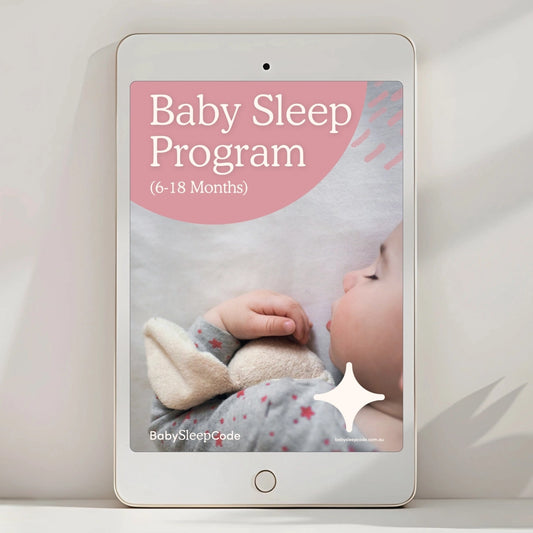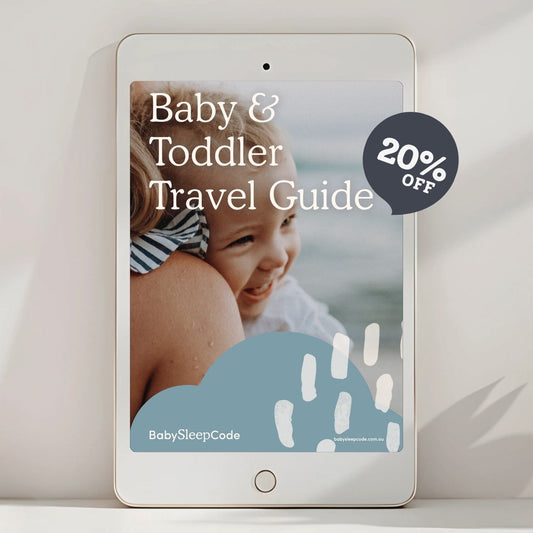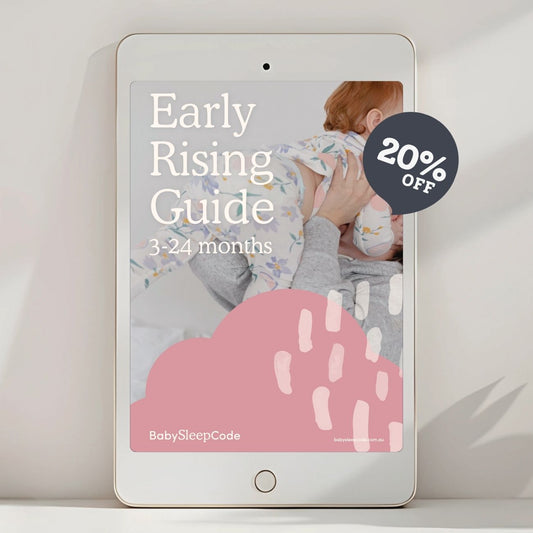With my first, we really struggled with breastfeeding in the beginning. After receiving advice to top up with a bottle, he slowly developed an aversion to breastfeeding and then would ONLY take a bottle. It took me 9 weeks to finally get him back to breastfeeding, and it was such a stressful journey—but we did get there! In this blog, I’ll share everything we did in case it can help others, but keep in mind if you are experiencing feeding issues, make sure to consult a board certified lactation consultant for advice specific to your situation.
Where we went wrong
After birth, my first latched well the first day but was a very sleepy feeder. Over the first few days at the hospital, my first lost just under 10% of his birth weight, which I now know is very normal. Babies are just expected to go back to their birth weight within two weeks. However, the hospital told me to pump and top up with a bottle. We hadn’t thought to bring any bottles with us, so we used the bottles provided by the hospital. Unfortunately, these were fast-flow bottles (something no one explained), and my little boy would chug these down even at only a few days old.
After leaving the hospital, as I was so stressed about his weight, I continued topping up with bottles after every feed. The nurse came to check on us a week later at home, and he had put on a tremendous amount of weight and surpassed his expected weight. But I was already in the rhythm of topping up constantly with bottles.
Those first couple of weeks at home were a bit of a blur (I’m only writing this blog five years later). But slowly, he took more bottles than breastfeeds, and eventually, it seemed like he forgot how or what breastfeeding even was.
Everything we tried to get back to breastfeeding (With mixed results)
This is everything we tried over the first two months. While not one of these alone was the complete answer for me, I’m still sharing in case it helps you.
- Medela Calma Teat: This bottle was recommended by a lactation consultant to me and was great in the beginning as he had forgotten how to latch effectively. This did help him get back to latching well. However, they are in full control of the flow with this bottle teat, so he started drinking a huge volume really fast using this bottle. In comparison, breastfeeding became harder for him, and he completely lost the patience to breastfeed. So I would suggest this bottle with caution!
- Ice on Nipples: I had seen this suggested online by others as a way to make your nipples more bottle teat-like. It actually did work a little but only to help him latch.
- Nipple Shields: Lots of people find success with this, but we didn’t, as his biggest issue ended up being patience. The nipple shield made it hard to stimulate a letdown.
- Tricking Baby onto the Breast: I had occasional success with this but not long-term. You basically show them the bottle, and as they go to latch, swap in your nipple instead while still showing the bottle.
- Pre-Pumping: Sometimes my boy would latch but not be patient enough to wait for a let down. So doing this did help us for a while but was difficult to coordinate. I would start pumping and have him beside me ready to feed. Then, as soon as I felt the letdown coming, I’d try to get him to latch.
- Changing Feeding Positions: Because of pumping so often I had a bit of an oversupply, which gave me a fast flow letdown, so I was advised to feed in a semi-reclined (laid-back) position. The position that ultimately worked for us though was actually him positioned fully upright.
- Feeding When Hungry, Feeding When Not Hungry: While we didn’t find a great answer, it’s important to explore as some babies don’t have the patience or desire to breastfeed if not hungry, and others get too distressed to try if they are hungry.
- Dreamfeeding: Offering the breast while the baby is still sleepy can sometimes help, as they are more relaxed and more likely to latch on. I did have some success offering for night wakes.
- Kept Milk Supply Up: Using a hospital-grade pump, eating well and ensuring I had enough rest helped to keep up my milk supply.
- Shower and Bath Feeds, Lots of Skin-to-Skin: These methods helped us keep calm and made breastfeeding comforting and less stressful for both of us. This was a big part of how we got back on track, more below.
What finally worked to fix my baby’s breastfeeding aversion
I remember the day he finally started feeding again. My husband had returned to full-time hours, and I had no family around to help me. I realized that triple feeding was taking a toll on my mental health. I was so busy attempting to breastfeed, then having to offer a bottle instead, then pumping while he slept to keep my supply up, that I wasn’t enjoying any moments with him. I would also feel emotional when I would now offer a breast to him, and he’d cry. I realized I was truly hanging on to this for myself and that he would actually be happier on bottles exclusively.
I then called a friend who I knew had formula-fed her first (and breastfed her others) and naively asked about formula feeding, whether she thought there were any downsides (she didn't). I also spoke to my Maternal Health Nurse to ask whether it was “okay” to choose to formula feed. Of course, she supported this 100% and explained how we have some of the best formula in the world in Australia. She also explained that my mental health was more important than anything. While I was worried that not being able to breastfeed would impact our bond (which it wouldn't have anyway), our bond was actually at risk if I wasn't looking after myself.
I cried and messaged my husband, letting him know that I was going to stop pumping and switch to formula. While I felt sad, I felt so relieved! A huge weight had lifted from my shoulders, and that day, when he was nine weeks old, I gave him the last of my pumped milk.
That night, I had a bath with my boy, and resting on my chest, me not trying he latched himself! We stayed there for ages, both calm, realizing that it was something he could enjoy too, and that it maybe wasn’t just for me anymore. I decided to keep going, but this time with absolutely no pressure!
I decided to try to feed just for comfort and not for ‘food.’ We had a lot of bath and shower feeds. I would also feed to sleep and offer feeding to soothe through the night. For a while, he still only wanted bottles during the day and would feed at night, but one by one, I replaced each day bottle with breastfeeding. We eventually got to a great place, and he continued to breastfeed (and bottle feed if I wasn’t there) up until we weaned at 14 months.
Looking Back: The two most important things that got us back to breastfeeding
- Following Proper Paced Bottle Feeding: Using a slow-flow teat and replicating breastfeeding through bottle feeding was crucial. We made him wait for a letdown even when bottle feeding, taking breaks, and slowing the pace way down so that bottle feeding felt harder than breastfeeding. This was THE MOST IMPORTANT thing we did. Breastfeeding is naturally more challenging for babies than bottle feeding. So, if you have someone else helping feed your baby, ensure they are replicating breastfeeding when using the bottle. Babies are wired for survival, which means choosing the easier option. If bottles are really easy and quick, they can develop a preference for them. As your baby gets older, they will become more efficient at breastfeeding, and it won’t seem like such hard work for them so you want have to always do this.
- Taking the Stress Away from Breastfeeding: Knowing my baby would thrive on bottles if that’s where we ended up helped us focus on making breastfeeding about bonding and comfort. This approach made it a positive experience, similar to how we provide positive sleep associations to help babies sleep well. You want to make feeding a positive experience with lots of skin-to-skin contact, cuddles, and offering the breast when both of you are calm and without pressure.
I really hope you find success in getting back to breastfeeding. But I also think, it's essential to regularly check in with yourself about who you are doing this for and whether it's still the right decision for the both of you. If your baby continues to prefer bottles, that's okay! Your baby will thrive either way.
When I was pregnant with my second, I told myself that if we encountered the same breastfeeding issues, I would switch to formula. Ironically, she had no issues breastfeeding and actually refused bottles, eventually going straight to a cup.


